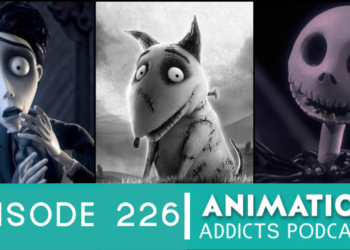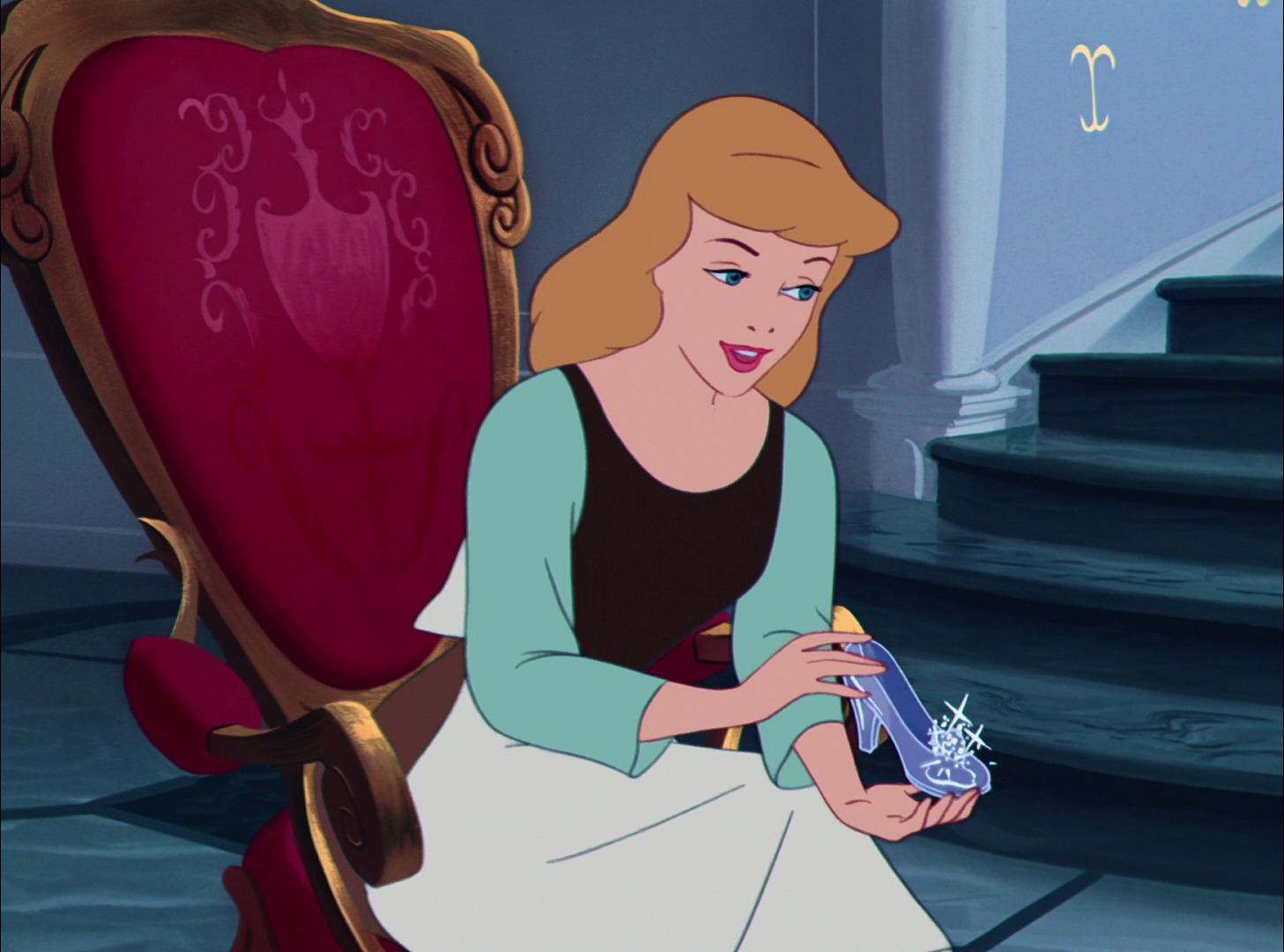Let’s start with a hypothetical situation. Let’s say that you’re at a party, in a checkout line, or any place else where you might conceivably be talking with someone. You strike up a conversation. As you chat, the conversation turns to movies and you mention an animated movie that you really like.
As you wax poetic about the virtues of this animated flick, you notice something strange in the person you’re talking to; his face is twisting from a friendly smile to a smirk of disdain. After you finish speaking, the other person opens his mouth and says one deadly phrase: “I can’t believe that someone as old as you still watches animation.” While these may not be the exact words animation fans often hear, they express the same basic idea.
If you’re an animation fan over the age of twelve, you’ve probably had this experience. And, if you’re like me, this situation has probably caught you off guard before and left you feeling like a deer in headlights.
Well, no worries! After much thought, I’ve come up with a few basic principles that might help in answering animation detractors. It’s my hope that these concepts can help us all to defend the amazing medium that is animation (and maybe convert some haters, too)!
Mention What Animation Can Do
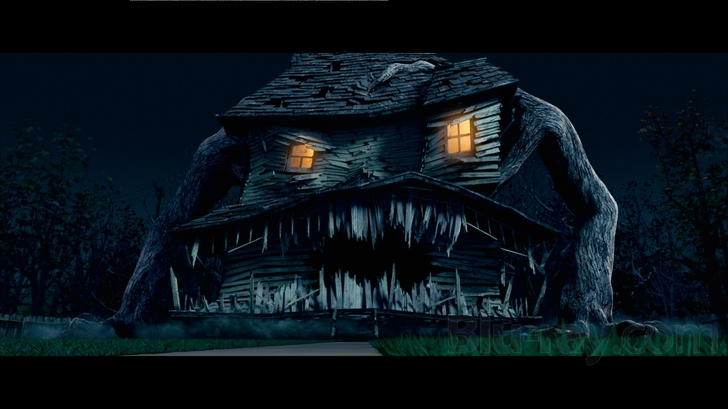
Orson Welles, talking about all the cool things shown through movies, said that live-action filmmaking was “the best electric train set a boy ever had.” If live-action is a set of electric trains, then animation is a build-your-own-supersonic-jet set.
Using the power of 2D animation or good animation software, animators can take us to the bottom of the ocean, to the edge of the universe, back to the Wild West, into the human body, or even to a typical small town. Of course, live-action can do some of these things, too. However, animation can sometimes do these things for a lower price and in less time. Therefore, animation can show us a lot more awesome things per movie than live-action films, since animators can produce such sequences for less cash.
Talk about How Animation Has Changed
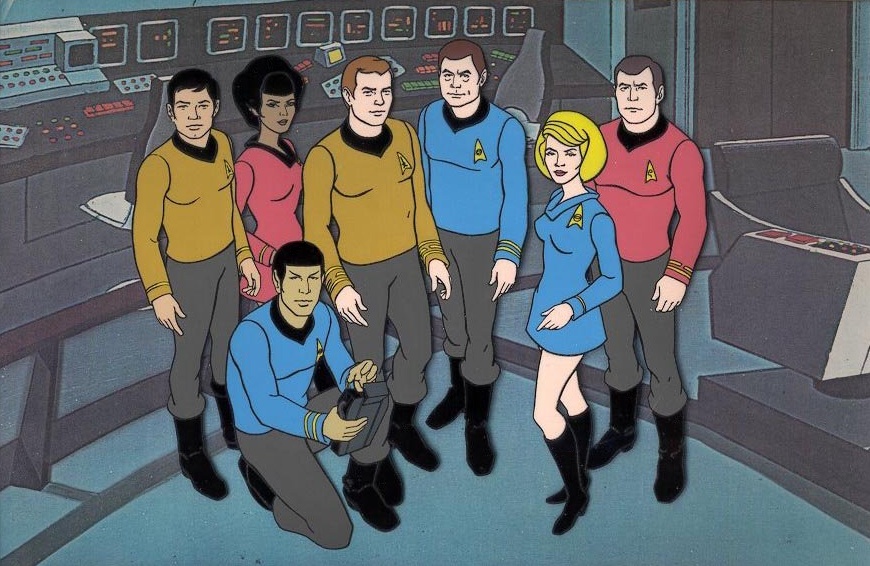
Many older people come to animation with the idea that animation is a low-rent, second-rate version of filmmaking. This is wrong, but it’s easy to understand how this stigma formed. After all, many older adults grew up watching animated TV shows from studios like Filmation, Hanna-Barbera, and other similar TV animation studios.
Some of the shows from those studios are entertaining (I’m a big Scooby-Doo fan, for instance), but the animation is… less than stunning. This isn’t necessarily the animators’ fault; after all, TV networks wanted a lot of shows right away and time was tight. The artistry suffered in the rush. However, current animation techniques have developed to the point where TV animation looks really good. On top of this, feature animation has always been magnificent and it’s only getting more beautiful with each passing film.
Discuss the Broad Spectrum of Animated Work
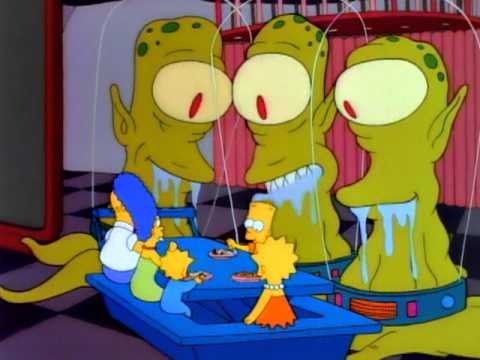
I think the idea that animation is for “kids only” comes mainly from another false notion: that animation is a genre. As Brad Bird said so eloquently in the commentary for The Incredibles, animation is an art form, not a genre. Animation can tackle any type of the story animators might want to make. Animators have created tear-jerking anti-war stories (Grave of the Fireflies), horror stories (the “Treehouse Of Horror” episodes of The Simpsons), and historical epics (The Prince Of Egypt), just to name a few genres.
Just as live-action films aren’t meant only for an audience of adults, animated films aren’t meant to appeal to the narrow audience of kids. Animation, like any art form, can be enjoyed by anyone. One just needs to seek out the type of animation he or she likes.
Of course, there are so many points a person can make in defense of animation. It’s a beautiful art form and there are a vast array of good points we can use to make a case for it. It’s my hope that this article will help get ideas flowing, so we can know what to say the next time someone needlessly relegates animation to the kiddie table.


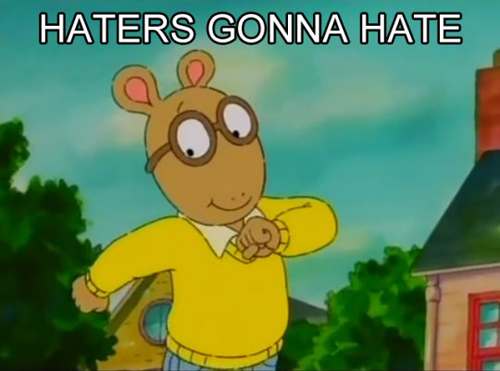
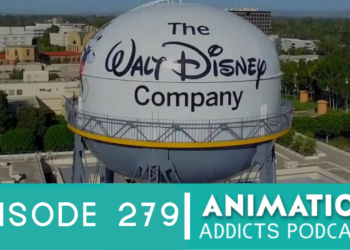
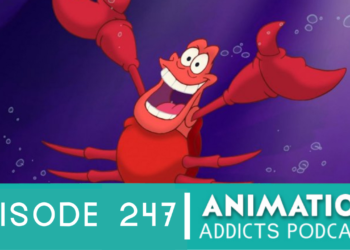
![[OPINION] 10 Heartwarming Animated Adverts to Watch This Holiday Season](https://www.rotoscopers.com/wp-content/uploads/2021/12/Picture61-350x250.jpg)
